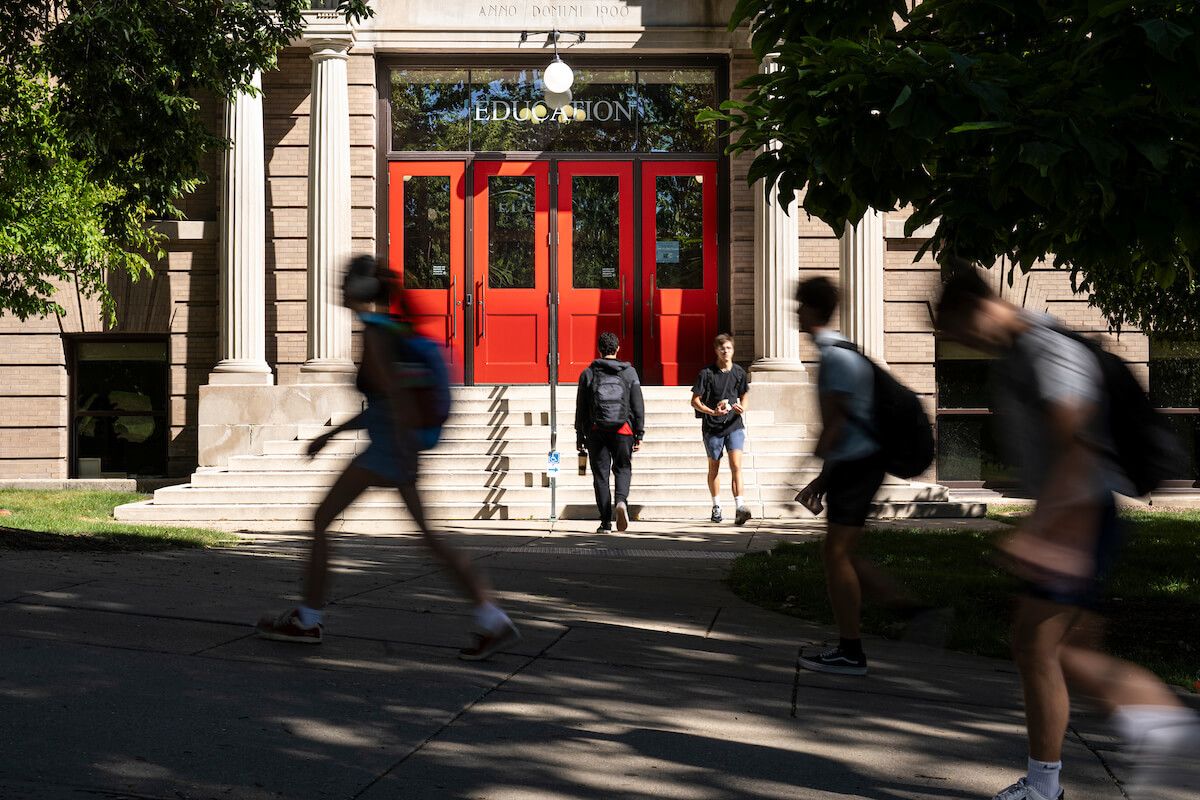There are reasons why people fear Alzheimer’s disease. It’s the most common form of dementia — the fifth leading cause of death for people above the age of 65. Nearly seven million Americans suffer from the disease, and that number could double by 2050. And there’s no cure.
But don’t let big numbers frighten you. There are promising developments in Alzheimer’s research. Doctors at UW–Madison are expanding their knowledge of dementia, with the goal of helping people avoid ever developing the disease. Three of those researchers — Sanjay Asthana, Amy Kind ’96, MD’01, PhD’11, and Nate Chin ’06, MD’11 — appeared on The UW Now Livestream to discuss advances in the fight against Alzheimer’s.
Asthana began the conversation, describing the toll that Alzheimer’s takes on society. Those seven million patients lead to $360 billion in health care costs and a further 16 billion hours in unpaid care by patients’ family members. Those numbers may grow in the coming years, but they don’t have to.
“The overarching scientific focus of the UW Alzheimer’s program is to diagnose the disease when someone has no symptoms,” Asthana said. “If we could implement treatments while someone has no symptoms … we can stop the disease.”
Kind discussed work that is attempting to identify the Alzheimer’s exposome. If a genome is the composite of a person’s genetic makeup, an exposome is the composite of conditions that person has been exposed to: nutrition, pollutants, wealth or poverty, access to health care, and more.
“Genetics are important, but they don’t explain the whole of someone’s risk for diseases, particularly complex diseases,” she said. Understanding the exposome “potentially gives us a lever for action in order to modify diseases and understand more about developing therapeutics and different interventions.”
Chin talked about advances in doctors’ ability to identify Alzheimer’s disease pathology through biomarkers — the biological evidence of what's happening in the living brain — possibly 10 or 20 years before symptoms show up. He said that the UW is looking at ways to accomplish this through a simple, finger-stick blood test.
“While that might seem like an easy thing, it’s taken decades for us to get here,” he said. “But now that we’re here, the field is rapidly advancing.”
WFAA CEO Mike Knetter moderated the discussion and brought forward questions from viewers. He also introduced a video message from UW–Madison chancellor Jennifer L. Mnookin, who honored the university’s 175th anniversary, which campus has been celebrating throughout the 2023–24 academic year. Mnookin cited the Alzheimer’s research as a prime example of “the work that we’ve already done, the work that we’re currently doing, and all of the life-saving innovations that will come in the future.”
Although Alzheimer’s remains a threat, Asthana said he believes improved diagnosis and treatment are near at hand.
“Imagine one day we have a blood test to diagnose the disease and a test that will tell us how someone is responding to treatment,” he said. “I think that time is approaching fast.”




